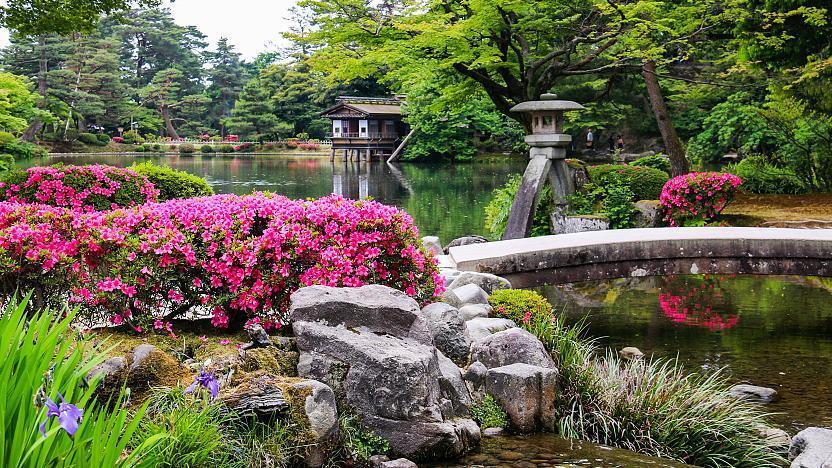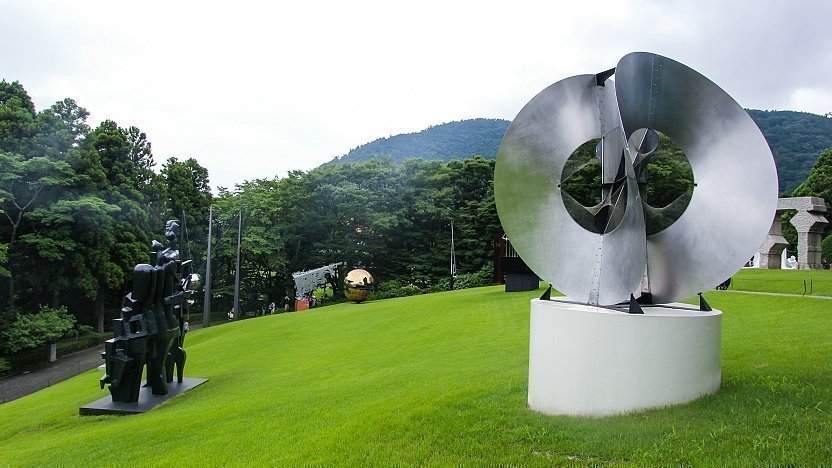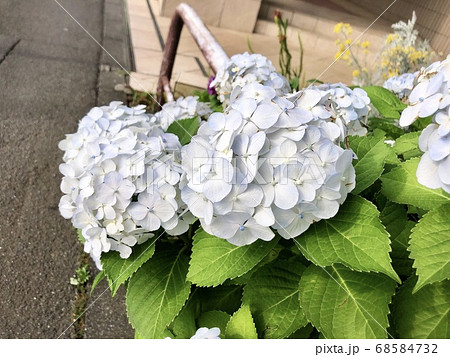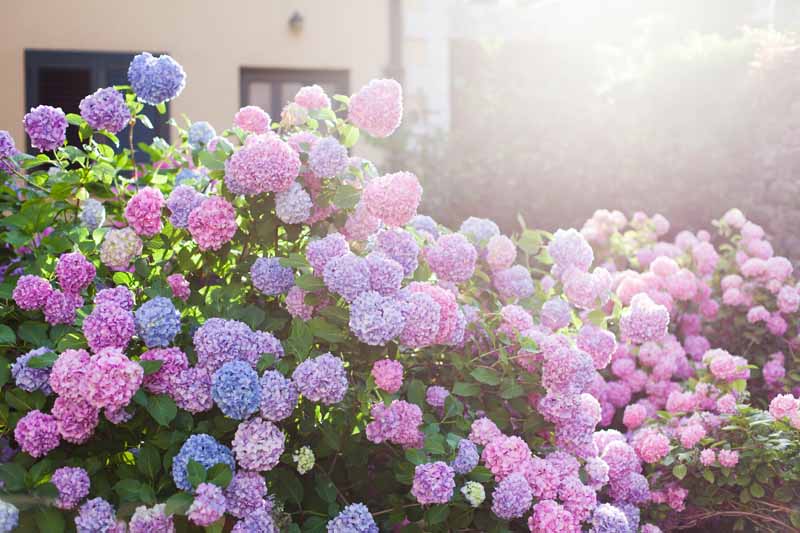The Japanese Hydrangea: A Flower Of
The Japanese hydrangea, also known as ajisai in Japanese, is a popular flower in Japan. It is native to both Asia and the Americas, but it is most commonly associated with Japan. Hydrangeas typically bloom during the rainy season in June and July, making them a symbol of this season in Japan.
There are over 100 varieties of hydrangeas in Japan today, with a wide range of colors, including blue, pink, purple, white, and green. The color of the flowers can vary depending on the acidity of the soil. In alkaline soil, the flowers will be blue, while in acidic soil, they will be pink or purple.
Hydrangeas are relatively easy to grow, and they can be found in gardens all over Japan. They are also popular for use in flower arrangements. Some of the most famous hydrangea gardens in Japan include:
- Arashiyama Bamboo Grove in Kyoto

- Kenroku-en Garden in Kanazawa

- Showa Kinen Park in Yokohama

- Hakone Open-Air Museum in Hakone

Main Content
In addition to their beauty, hydrangeas also have a rich symbolism in Japanese culture. They are often associated with love, gratitude, and happiness. The Japanese word for hydrangea, "ajisai," can be translated as "purple sunflower." This is a good description of the large flowering buds and colors of the hydrangea.
Hydrangeas are also often used in Japanese art and literature. They are a popular subject for paintings, poems, and songs. In the Japanese tea ceremony, hydrangeas are often used as an offering to the gods.
Conclusion
The Japanese hydrangea is a beautiful and versatile flower that is deeply embedded in Japanese culture. It is a symbol of love, gratitude, and happiness, and it is a popular sight in gardens and flower arrangements all over Japan. If you are ever lucky enough to visit Japan during the rainy season, be sure to take some time to appreciate the beauty of the hydrangea in bloom.
Japanese hydrangeas are some of the most beautiful flowers in the world. They are native to Japan, where they have been cultivated for centuries. Japanese hydrangeas come in a wide variety of colors, including blue, pink, purple, and white. They can grow to be quite large, with some reaching heights of 10 feet or more. Japanese hydrangeas are also known for their long bloom time, which can last for several months.
If you are interested in learning more about Japanese hydrangeas, I recommend visiting . This website is a comprehensive resource for all things hydrangea, including information on Japanese hydrangeas. You can find articles on the history of Japanese hydrangeas, how to grow them, and how to care for them. You can also find photos and videos of Japanese hydrangeas in bloom.
FAQ of japanese hydrangea
Here are the 5 most frequently asked questions about Japanese hydrangeas, along with their answers:
- What are the different colors of Japanese hydrangeas?
Japanese hydrangeas can bloom in a variety of colors, including white, pink, blue, purple, and green. The color of the flowers is determined by the acidity of the soil. In acidic soil, the flowers will be blue or purple. In alkaline soil, the flowers will be pink or white.
- What are the 3 most important things to consider when planting Japanese hydrangeas?
The 3 most important things to consider when planting Japanese hydrangeas are:
- Sunlight: Japanese hydrangeas need full sun to partial shade.
- Soil: Japanese hydrangeas prefer acidic soil with a pH of 5.5 to 6.5.
- Water: Japanese hydrangeas need regular watering, especially during the first year after planting.
- How do I care for Japanese hydrangeas?
Japanese hydrangeas are relatively easy to care for. They need to be watered regularly, especially during hot, dry weather. They also benefit from being fertilized once a month during the growing season. In the fall, it is important to prune Japanese hydrangeas to remove dead or damaged branches.
- How do I propagate Japanese hydrangeas?
Japanese hydrangeas can be propagated by division or by cuttings. To divide a Japanese hydrangea, simply dig up the plant and separate it into two or more sections. To take cuttings, cut a 4- to 6-inch section of stem from a healthy plant in the spring or summer. Remove the leaves from the bottom half of the cutting and plant it in a pot of well-draining soil. Keep the soil moist and the cutting will root in a few weeks.
- What are some common pests and diseases that affect Japanese hydrangeas?
The most common pests that affect Japanese hydrangeas are aphids, scale insects, and Japanese beetles. The most common diseases that affect Japanese hydrangeas are leaf spot, powdery mildew, and rust. If you notice any pests or diseases on your Japanese hydrangeas, it is important to treat them immediately.
Image of japanese hydrangea
- A white Japanese hydrangea in full bloom. The flowers are large and round, with a delicate white color. They are arranged in a cascading cluster, and they look like they are floating in the air.

- A pink Japanese hydrangea in bloom. The flowers are smaller than the white hydrangea, but they are just as beautiful. They are a deep pink color, and they have a slightly ruffled edge.

- A purple Japanese hydrangea in bloom. The flowers are a deep purple color, and they are arranged in a tight cluster. They look like they are covered in a light dusting of snow.

- A blue Japanese hydrangea in bloom. The flowers are a light blue color, and they have a slightly wavy edge. They are arranged in a loose cluster, and they look like they are floating on water.

- A Japanese hydrangea with both pink and blue flowers. The flowers are a mix of pink and blue, and they are arranged in a cascading cluster. They look like they are a work of art.

Post a Comment for "The Japanese Hydrangea: A Flower Of"